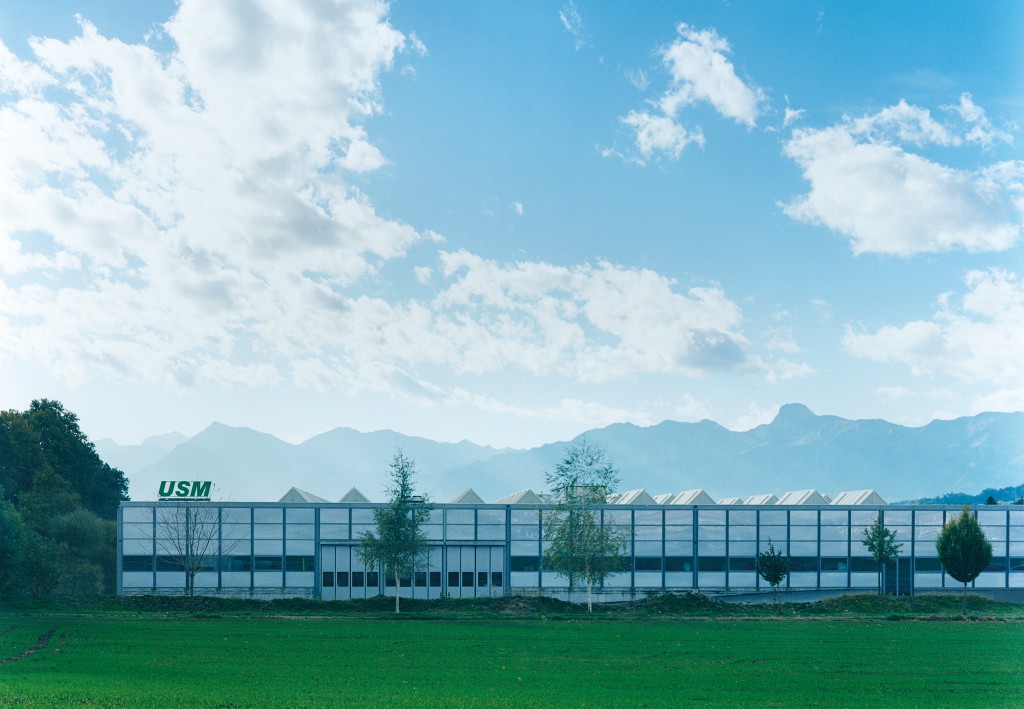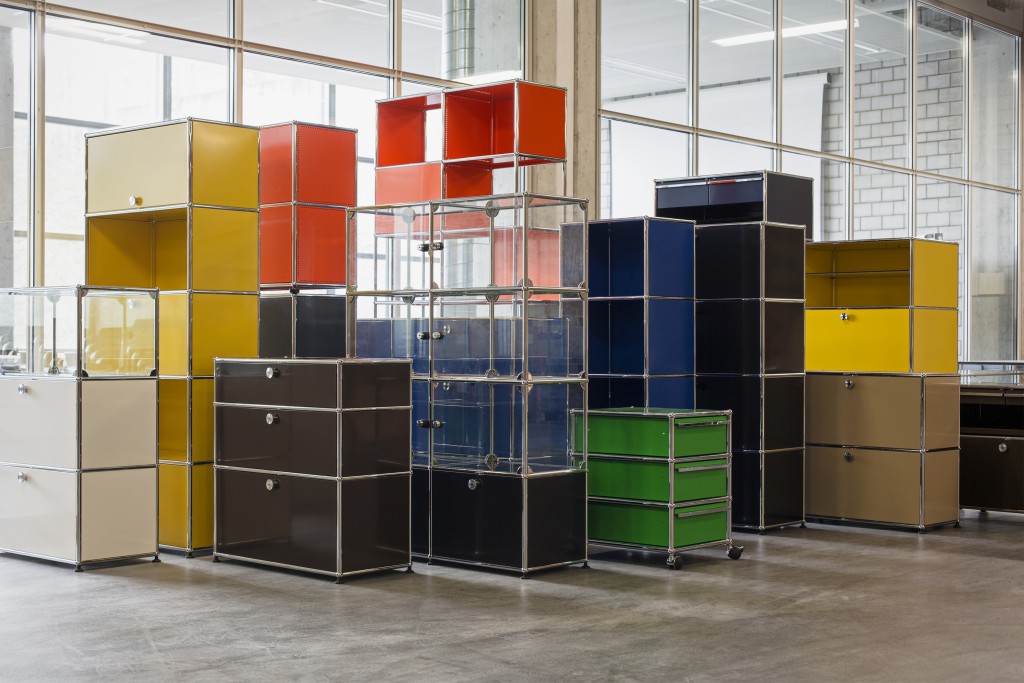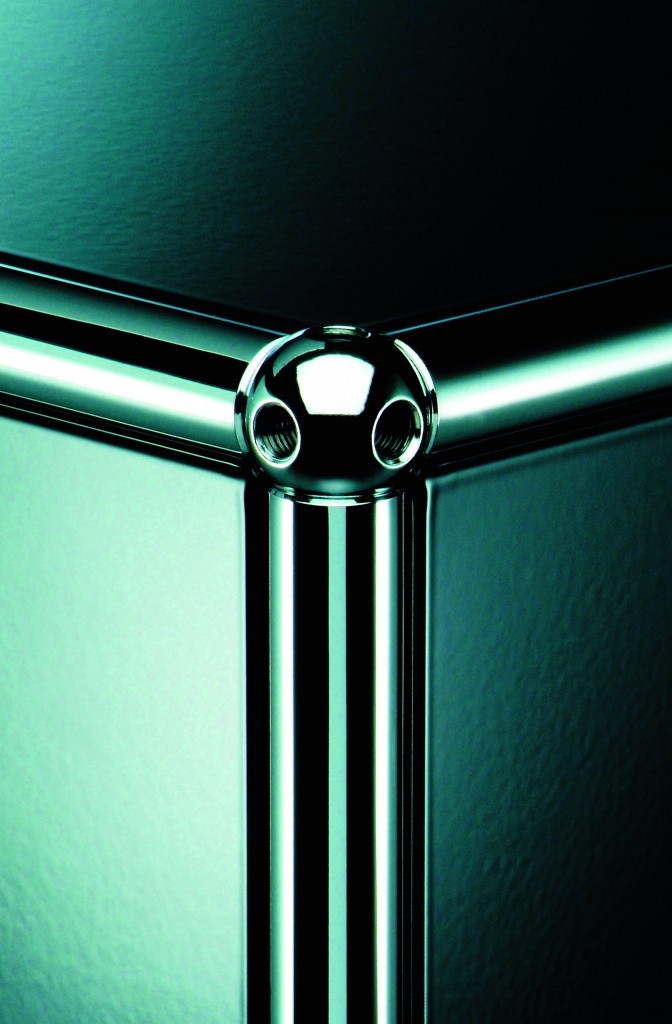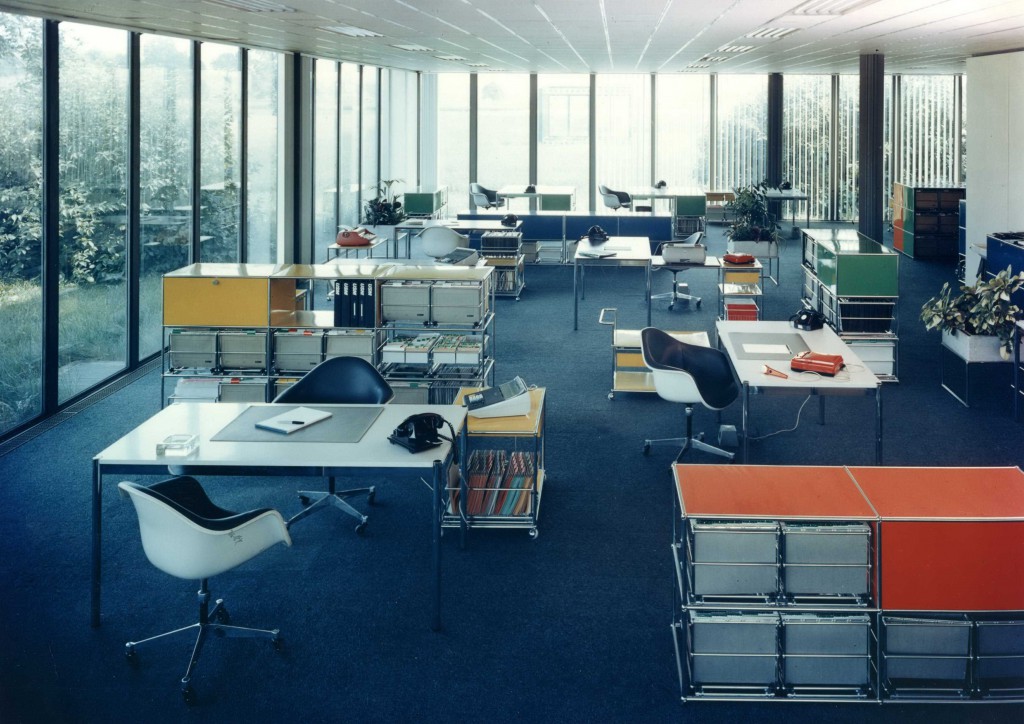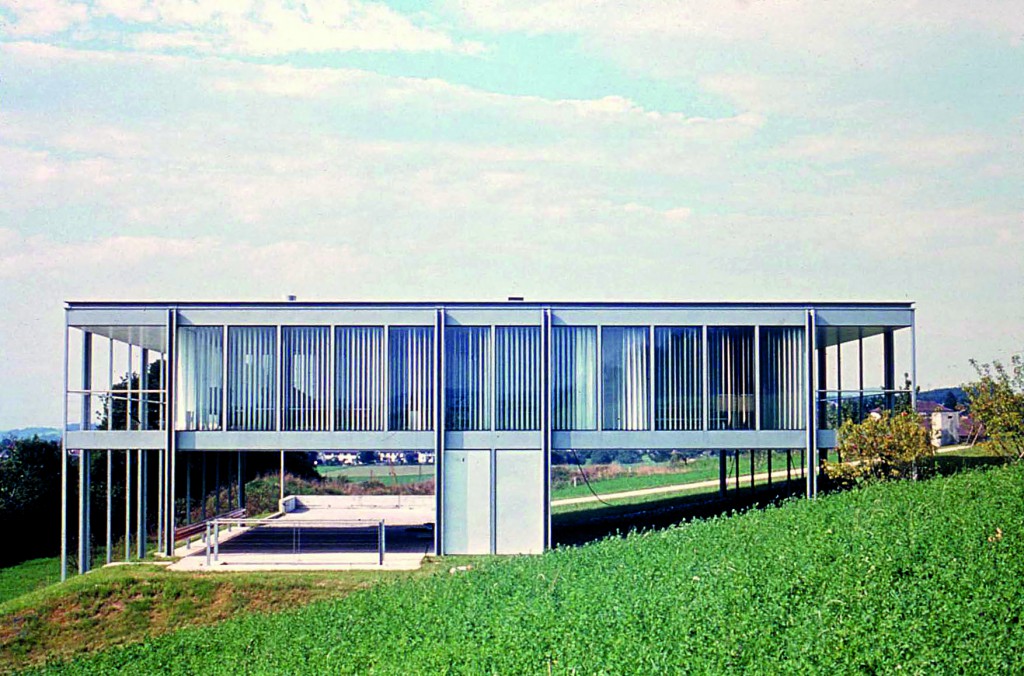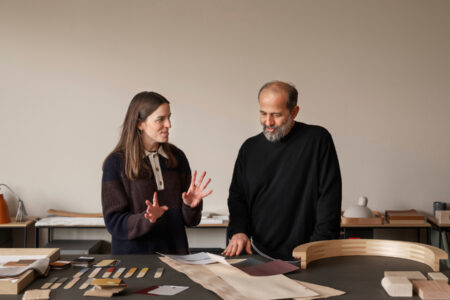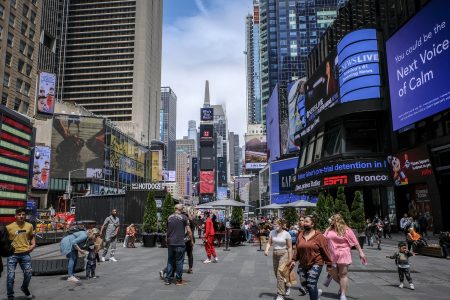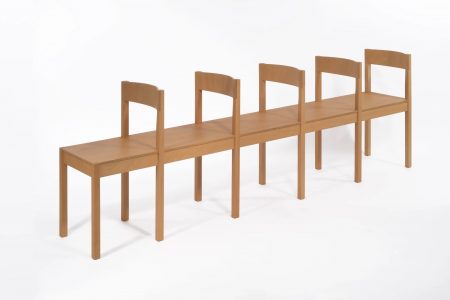USM: A Work of Applied Art
USM is located in a bucolic setting surrounded by mountains in Münsingen, Switzerland, near Bern. The family business has succeeded in adapting its iconic furniture to the times for over four generations now. USM pieces have been acquired by museums as emblems of an era and are ubiquitous in professional settings. The brand is now considering a move into home furnishings. With its new motto, USM Make it Yours (#usmmakeityours), the group is entering a whole new era under the watch of Alexander Schärer.
USM was founded in 1885 as a decorative hardware and locksmithing workshop. By the late 1960s, the company had been transformed into a very successful manufacturing business producing 100% Made in Switzerland, modern office furnishings. The factory building is made from a repeating series of panels supported by metal beams that echo the look of USM’s furniture. The family home of Paul Schärer Jr. (1933-2011) is located nearby. Built in 1969, the house looks over the factory site and has since become a museum open to the public. The horizontal design by Fritz Haller stands out from the surrounding landscape. Haller used the same modular steel construction system for the house and the factory, in mini and maxi versions respectively. The pavilion, which now serves as a showroom and meeting space, is also made of the same maxi modules. The resulting relationship between the objects and the architecture reinforces the company’s radical identity. USM has always adhered to the theory espoused by the American architect Louis Sullivan: Form follows Function. USM’s industrial aesthetic is close to the Bauhaus aesthetic. It is even closer to that of the Ulm School of Design, founded by the Swiss artist Max Bill around several design fundamentals: proportion, form, colour, structure and space. Using these concepts as a basis, Fritz Haller and Paul Schärer Jr., with their respective genius and daring, created the USM Haller system in 1963. Schärer patented it in 1965. The system was originally devised to furnish the company’s offices at 55 Thunstrasse in Münsingen.
Comprised of painted metal panels framed by chromium steel tubes connected using ball joints, USM furniture is both universal and versatile. It quickly became a must-have at many prestigious institutions. They range from the Rothschild Bank in Paris to the Bibliothèque de France, the Louvre Lens museum, the Fondation Louis Vuitton, the Schaudepot archives at the Museum für Gestaltung in Zurich, ECAL near Lausanne and Musashino Art University in Tokyo. The brand’s strong, inescapable presence has drawn in many companies and leaders in various creative fields, such as Oliver Holy of ClassiCon, the ballet dancer and sculptor duo Louisa Rachedi and Jan van de Weyer, photographer Florian Holzherr and architect Julius Kranefuss. The furniture, often used in combination with art and design collections, boasts a style that is both rational and visually playful.
Cult Furniture Defined A visit to USM’s production facilities, which bring together craftwork, industrial procedures and highly automated processes, reveals telling top-quality equipment. One example is the brass balls that finish chrome-plated. These balls, manufactured using a special machining process, are the secret ingredient in an operation outsourced to a Swiss clock manufacturer. As for the tens of millions of connectors produced each year, the shelves, the tables and the metal panels, they are produced by USM from start to final furniture finish. The company is known for its classic shelving units, made up of infinite combinations of painted panels that come in 14 pre-selected colours. Additionally, there is the USM Kitos M, a table whose height can be adjusted thanks to a manually operated system. Users are free to switch between standing and seated positions while they work. The set-up is complete with the USM Privacy Panels, designed by atelier Oï to optimise acoustics. The panels can be easily moved around to organise and structure workspaces. USM has adapted over time to accommodate changes in urban and private work environments, which are more personalised now than ever. Living spaces are fulfilling an increasing number of functions, including storage, relaxation and reading, in order to meet individual needs. Meeting rooms can now be turned into dining areas. Just one of many ways to truly take ownership of your space.
